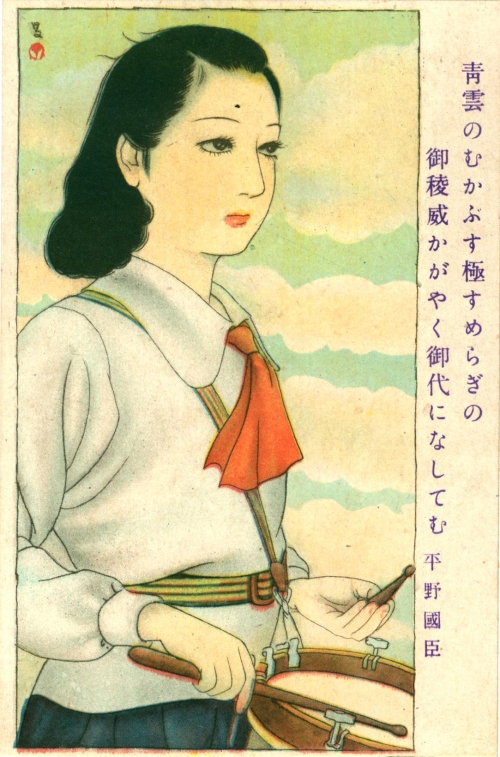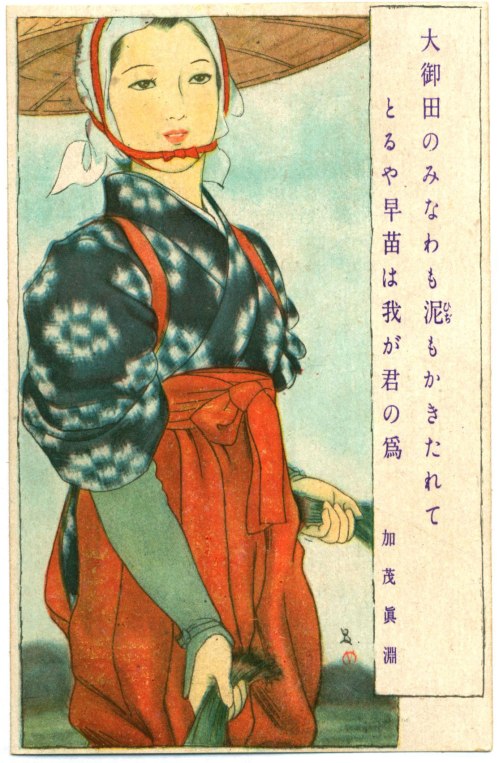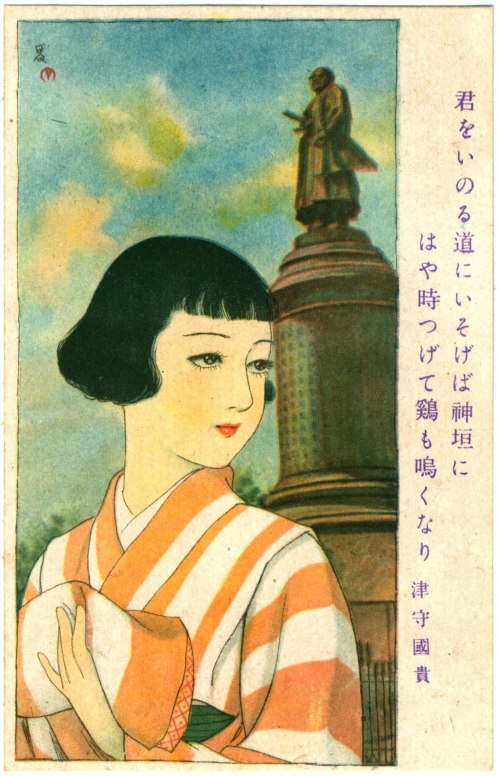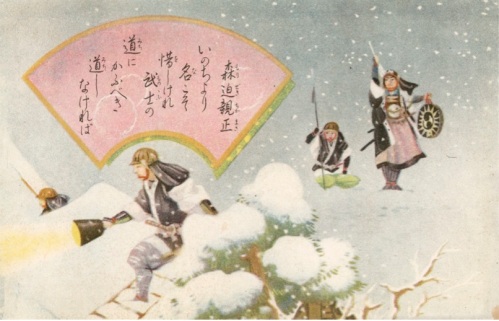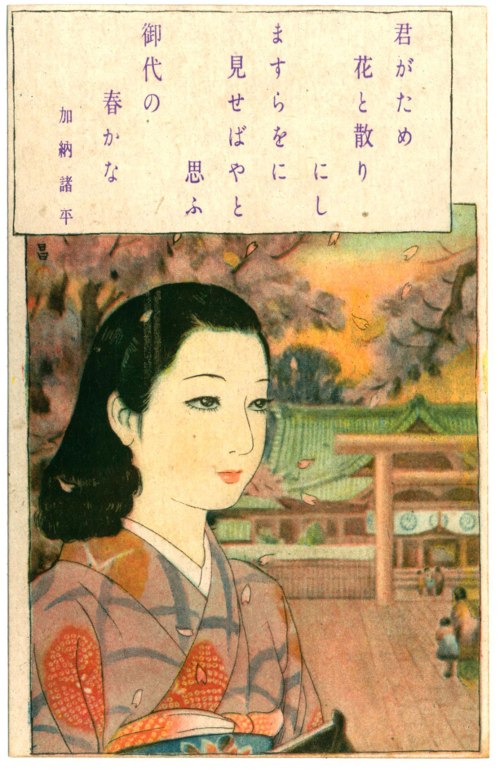New York—The Rev. Charles Philip Augustus Burnett died November 14th at Flower Hospital in his 85th year. Fr. Burnett had been in delicate health for a long time, but continued to do his work until the very day when he entered the hospital, November 5th.
The Burial Office, Requiem, and Absolution were said for him November 16th in Holy Cross Mission Chapel, by the Rev. James F. Atkins, warden of the Community of St. John Baptist. Interment was in the family lot in Trinity Cemetery.
Fr. Burnett was one of the early leaders of the Catholic Movement in America. He was a notable scholar, particularly in the field of liturgics. In 1905 he published, with the Rev. William McGarvey, The Ceremonies of the Mass. Fr. McGarvey wrote the section on the ceremony of the Low mass, and Fr. Burnett prepared the section on the ceremony of the High Mass. In later years, Fr. Burnett himself wrote a separate book entitled Low Mass Ceremonial. His most important book, still in constant use, was A Ritual and Ceremonial Commentary on the Occasional Offices of Holy Baptism, Matrimony, Penance, Communion of the Sick, and Extreme Unction. He was the author of numerous shorter works, some of them of a controversial character but most of them on liturgical points.
For many years Fr. Burnett was secretary of the Confraternity of the Blessed Sacrament. He had charge of the Intercession Paper, and the quotations from the Fathers and other authorities which he was in the habit of publishing on the inside front cover influenced many to read more deeply and widely. He was an outstanding figure at the Corpus Christi celebration so long as his health permitted him to be present.
He was born on June 5, 1849, at Skaneateles, N. Y., the son of Charles John and Mary Sophia (Burgoyne) Burnett. He attended Trinity School, New York, and had private instruction. In 1878 he received the B.D. degree from the General Theological Seminary. He was made deacon in 1878 and ordained priest in 1879 by Bishop Horatio Potter. His early ministry was spent partly in pastoral work, partly in scholarly research. In 1900 he became assistant to the late Fr. Ritchie at St. Ignatius’ Church, New York; and remained until Fr. Ritchie resigned in 1914. For the next seven years Fr. Burnett officiated in several churches and otherwise exercised his ministry, but had no parish. In 1921, he became assistant vicar at Holy Cross Mission Chapel. For the past ten years he was vicar. The priest in charge is Fr. Aitkins.
Fr. Burnett married Miss Annie Stone, who died in 1920, after a long illness. A daughter, Mrs. H. E. Lynes of New York, survives him.
The connection of Fr. Burnett with Holy Cross Mission was long and close. He said his first Mass in Holy Cross Mission Chapel in 1879; and he said his last Mass there on November 5th, just before going to the hospital. He was known throughout his whole ministry as a devoted pastor, especially to the sick and poor; and he was a confessor sought out by many. The Sisters of St. John Baptist revered him for his courage in carrying on his work to the end and for his holiness.
A large number of the clergy of New York attended the services. The rectors of most of the parishes were there, or were represented. People to whom he had ministered, from the lower East Side and from many other localities, were present.
—The Living Church (Milwaukee), December 2, 1933, pp. 159-160.


